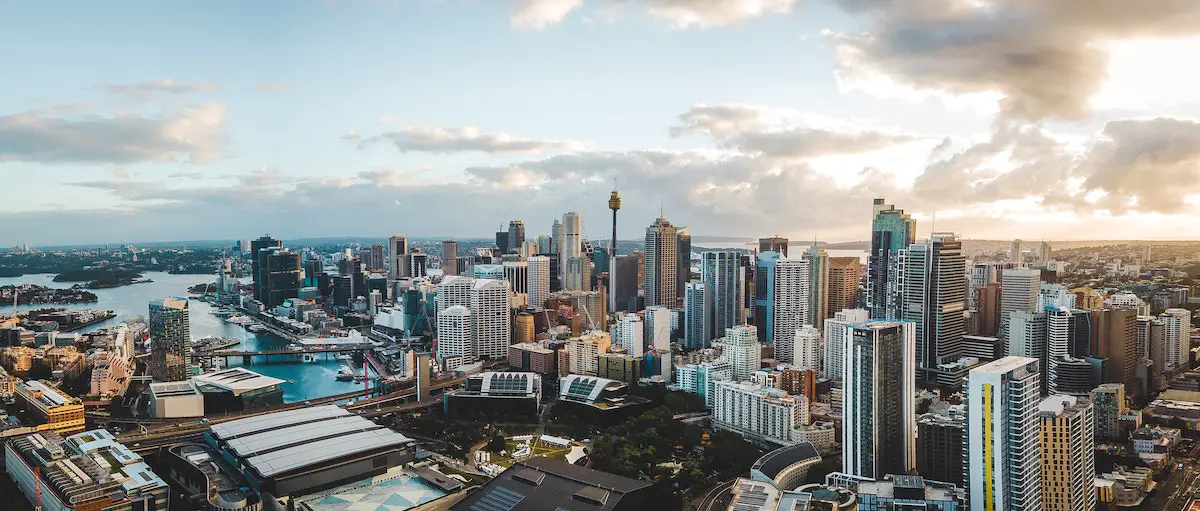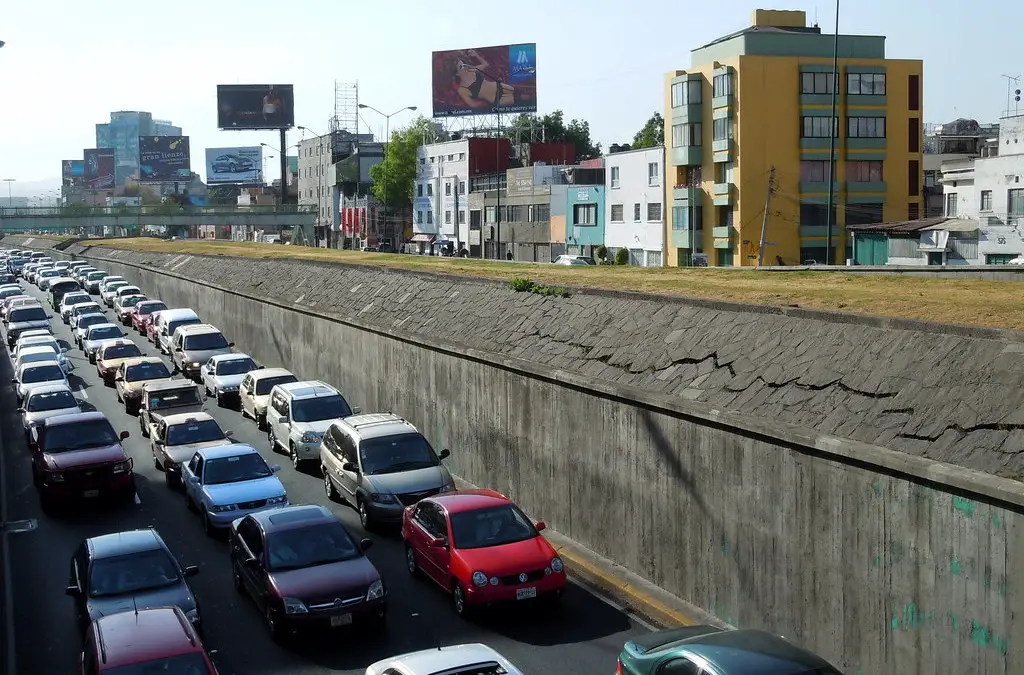The Psychology of Designing Spaces: An Urban Approach to Spatial History
“As children, my sister and I would try to hold our breath as long as we could when we went though the West Bottoms,” Kansas City entrepreneur Darby Trotter said about taking a streetcar over the West Bottoms in Kansas City in the 1950s.
“The smell was unbelievable.”
Thousands of cattle packed together before being shipped away east on hundreds of train cars running through the same cramped area—all this generated a monumental stench. What remains of inconsistent ideas in the collective urban remembrance—the prosperity brought by the railroads, or the enormous noise and smell? How should these institutional and person memories of living in Kansas City shape the goals and strategies of new development? Some research has been done on dissecting memory to produce better private architecture. A recent talk by Dr. Toby Israel at Kansas City Design Week discussed her theory of design psychology, which proposes that by identifying specific positive spatial associations in a person’s history, we can design new buildings with a more sensitive relationship to their users. But in a public urban setting, when there are thousands of conflicting memories and experiences to draw from, how can a coherent set of highly positive associations be isolated? Urban designers, when trying to draw inspiration from the successful architecture of city’s past, cannot afford to take a narrow or shallow view of memory. Cities take time to develop, and the consequences of both positive and negative historical events take decades or centuries to unfold in the psyche of their residents and landscapes.
Kansas City grew as a trading post for steamboats and wagon trains in the 1830s on what was then the edge of American expansion. Three important trails connected Jackson County to the southwest, and the Missouri River brought commerce from the east and south. In the 1850s, city promoters and propagandists began aggressively selling the idea of railroads to the population and the suitability of Kansas City as an important terminal to state and national investors. In 1867 Kansas City saw its initial great railroad triumph, when it secured the contract for the first railroad bridge across the Missouri River. Rapid construction of railroads across Kansas to the southwest occupied the next ten years, with Kansas City as an anchor. The many bands of train tracks winding around the city’s northern edge and shooting away in all directions are still one of the most powerful spatial and visual characteristics of the city. Rails, both used and unused, are an important reminder of the city’s history and successes. But already one can find a contradiction in memory: Charles Glaab, in his book Kansas City and the Railroads, comments that the area around Kansas City in the antebellum period had a significantly higher slave population than the rest of Missouri, due to the area’s production of hemp and tobacco. The railroad was constructed by convincing slave-owning farmers of its great usefulness in exporting their crop to distant locations. During the same period, local railroad companies pushed treaties through Congress that allowed them to purchase over 200,000 acres of Kansas reservation land from the Delaware tribe at a mere $1.28 an acre—accounting for inflation, about $31 an acre. This period of intense urban growth in Kansas City was as closely tied to the disenfranchisement and exploitation of two major populations as it was to railroad construction.
Kansas City industry, based largely on the centralized distribution of agricultural products, continued to grow into the early part of the 20th century. Much of the city’s notable architecture, both skyscrapers and warehouses, was built during the boom years of the 1920s. Tom Pendergast’s political machine controlled the city and surrounding county from 1925 to 1939, promoting massive public works projects (including the magnificent Art Deco Jackson County Courthouse, pictured below) and organized crime. His refusal to enforce Prohibition in Kansas City allowed dozens of nightclubs to spring up and jazz to flourish. Pendergast went to jail in 1939 for tax evasion and World War II came; construction in Kansas City ground to a halt. When economic decline hit the central city, it was accompanied by “white flight” to the suburbs. According to the U.S. Census, the 1950 census was the last year the white population of the central city grew. In the next forty years, the white population in Kansas City proper would drop by nearly 110,000, while the Black population grew by 40,000, probably due in part to migrants from farther south in search of jobs and affordable housing. There are architectural signifiers that as early as the 1920s the monied population of Kansas City was trying to distance itself from its industrial roots. In 1923, the Country Club Plaza shopping area opened five miles south of the city center, built in an elaborate Mediterranean style with yellow brick and red roof tiles. It is both at a physical and aesthetic distance from the core of the city, a development that is more closely linked to Kansas City’s winding boulevards and relatively sparse suburbs. Continuing this trend, most new housing in the Kansas City area was built outside the central city after 1950.

Does the urban landscape of Kansas City today fulfill the needs residents have for urban planning and architecture? These range from the basic—providing security, shelter, and services—to the social—acting as a physical symbol of history, order, and growth—to the aesthetic—creating spaces that are attractive and attention-getting. Like many American cities, Kansas City has been trying to address all these levels of function at once, and there are some gaps. According to Harvard University’s DiversityData project, in the Kansas City metro area, 13-14% of adults age 25 or older do not have a high school diploma. This percentage roughly doubles among the Black population and triples among the Hispanic residents of the area. The need for school reform on a national level has been voiced repeatedly, but in an increasingly self-taught and digital age, the importance of having access to the Internet and free educational resources probably cannot be overestimated. Online communities also provide a flexible platform for real-life neighborhood organization and coordination. The Kansas City Public Library system provides a total of 412 computers for public use in ten facilities, eight of which are in Kansas City proper. If one assumes that some significant percentage of the 80,000 or so people in Kansas City judged by the Census Bureau to live in poverty have difficulty acquiring a personal computer or internet service, that number is likely inadequate to address current need. As one walks around the newly renovated areas of downtown, a lack of storefronts that interface with residents on the street is still noticeable. Perhaps the municipal government should examine the potential of using some of these empty ground-level spaces to provide free or low-cost internet access.
Also key to continuing Kansas City’s growth is the creation of economic opportunities that benefit multiple demographics. According to the Missouri Department of Economic Development, most of the new jobs created in the area from 2002 to 2009 have been north of Kansas City proper, in Clay County. Much of Kansas City’s recent development has been based around tech companies, like Sprint and Google, and based to the south or north of the actual city. The enormous stock of old buildings in the city core, as well as the need for jobs that can performed at a variety of educational levels, suggests that Kansas City should consider trying to encourage small-scale manufacturing, as some other cities have done. If the city hopes to revamp the downtown area without gentrification forcing out less well-to-do populations, it’s important too that they implement measures such as tax credits to encourage the construction of affordable housing and the promotion of small businesses.
One can objectively judge whether urban architecture is fulfilling the most basic needs of citizens, and walking around the city gives an idea of how satisfying its aesthetic qualities are. For instance, the new Kauffman Center forms an artistic focal point in the downtown. But what about the social and emblematic functions of architecture? Who gets to say what older buildings with more complex histories symbolize? The imposing County Courthouse might be either a monument to a remarkably creative and flexible period of the city’s history, or a testament to profound corruption. The dense industrial brick buildings of the downtown provide a visual connection to both the recent past, when neglect and inequality discouraged newer development, and the busy entrepreneurship of the first part of the century. The still-dense railroad network is perhaps one the loudest reminders of a less comfortable way of life. How can Kansas City continue to grow while promoting the happiness and psychological health of all its residents? It’s a difficult question, and there is no one answer.


